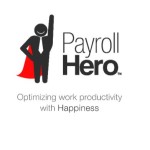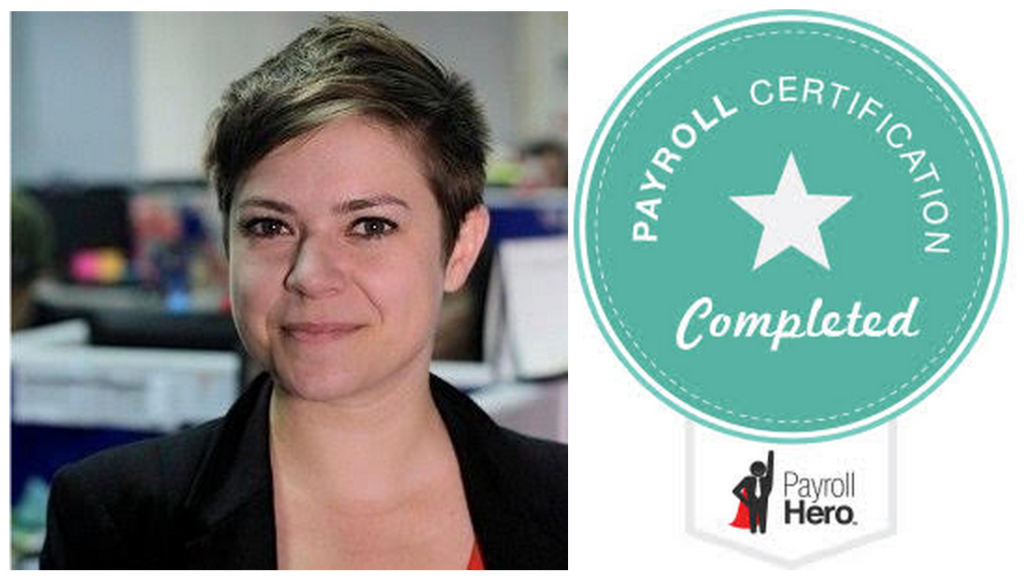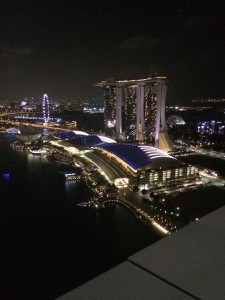As part of a new series on this blog [Retail / Restaurant Executive] we will be interviewing restaurant and retail executives from all over the world to gain insight and perspective into how they make their decisions, grow their businesses and deal with challenges.
Today is Andrew Masigan, owner of The Advent Manila Hospitality Group in the Philippines.
 Q. When and why did you start Advent?
Q. When and why did you start Advent?
I guess you can say that Advent is a reincarnated company. Advent was the name of my first company, just after finishing my Masters program. Back then, it was a sole proprietorship that served as the company behind my first fast food chain, Dimsum ‘n Dumplings. Soon enough, the company grew to a point where it didn’t make sense to pay personal income tax rates for my business profits. I then decided to retire it. In its place, Prime Pacific Corp. was put together as the corporate entity of Dimsum ‘n Dumplings. Fast forward to 2010 and Prime Pacific Corp. was acquired by another firm. I was done with the food business…or so I thought.
The thing with the food business is that, difficult as it is, it is so damn gratifying. It is a business that feeds your mind, soul (through creativity) and stomach, all in one go. Its true what they say — once a foodie, always a foodie.
In 2011, we decided to venture into the restaurant business all over again, this time, making a strong push for Filipino cuisine. The idea was to come up with a Filipino restaurant that was high-end in very sense, debunking the notion that Filipino food was “pedestrian” or suited only for the home.
 We launched XO46 Heritage Bistro later that year. It is an advocacy-driven brand whose purpose is to bring forward the best of Filipino cuisine while being an instrument to preserve our vanishing food heritage (no thanks to the influx of fusion cuisine).
We launched XO46 Heritage Bistro later that year. It is an advocacy-driven brand whose purpose is to bring forward the best of Filipino cuisine while being an instrument to preserve our vanishing food heritage (no thanks to the influx of fusion cuisine).
XO46 was incorporated under the Advent Manila Hospitality Group. This is our company today. So in a sense, Advent has come full circle.
Q. What is your background? (restaurants? or you figured it out as you went?)
 I am somewhat of a strange mutt. I am an economist by training…politics is my interest…the hospitality industry is where my expertise lie.
I am somewhat of a strange mutt. I am an economist by training…politics is my interest…the hospitality industry is where my expertise lie.
This strange mix is the reason why I am a restaurateur, a business and political columnist for the Manila Bulletin, a tv host (The Business Examiner) and a consultant to the Department of Science & Technology.
At the heart of it all is my passion to be an instrument to nation building, whether through business, politics or media. I guess you can say that this is what unifies everything that I’m into.
Q. How many locations do you have in the Philippines?
Dimsum ‘N Dumplings peaked at 88 stores, although most were kiosk outlets.
Our restaurant group today consist of 14 stores, with two more under construction and due to open before year-end.
Q. How do you choose a location?
Pretty much the same way most restaurateurs do.
We consider foot traffic, the profile of customers, the merchant mix and the competitive environment.
Q. Will you ever take a sub-par location, if it is in an area you want to be in? or will you wait for the right spot?
I would rather wait for the right spot. If there is anything I’ve learned being in this business for 2 decades — its that, “the bottom line” is the bottom line! In other words, if a site is not going to make money…lets not waste our time.
Q. How big is a standard location? What have you learned about location size?
XO46 works with spaces ranging from 120 sqm to 240 sqm.
Q. Does a corner location matter?
It’s a plus but not a deal breaker.
Q. Are malls better? or street level locations?
Good question. It really depends.
The value that the malls give is that it is a destination on its own; it has inherent foot traffic (assuming the mall is not a dud); security is more or less assured; and your brand gets to ride on the image of the mall and the surrounding merchants.
On the downside, mall spaces are relatively expensive to rent, they limit your operating hours and give you restrictions on your product offerings and store design.
The advantages of street locations are the disadvantage of malls, and vice versa.
Q. At what point did the number of locations change how the business is run? I have been told, 1 or 2 locations is ok, but 3+ requires a different management approach, systems, procedures, etc. What was the tipping point for you?
Fortunately, I know the business well enough that I can still manage our stores with relative personal involvement.
The trick is to put the important systems in place – I’m referring to systems relating to operations, HR and accounting & control.
Beyond 20 stores, the emphasis shifts from personal management & creativity to professionalization. In other words, the efficiency your company’s chain-of-command largely determines how well your stores operate. In addition, logistical issues migrate to the forefront of your business concerns.
Q. Anything you would like to add?
The integration of ASEAN come Jan 1, 2016 will change the industry.
Given the impending borderless trading conditions within the region, we will see the best restaurants groups from each of the 10 economies “invade” other territories, jockeying for a piece of their market.
I would like XO46 to be on the offensive, not on the defensive, in this new environment. After all, the time is right for Filipino cuisine to be exported, don’t you think?

Want to read more from our executive contributors, check out Eileen Grey, owner of The Picture Company in the Philippines.


 Canada’s Financial Post is reporting that the retail brand Joe Fresh is expanding further into Asia with the announcement of its partnership with SSI.
Canada’s Financial Post is reporting that the retail brand Joe Fresh is expanding further into Asia with the announcement of its partnership with SSI.
 Last week we spoke with
Last week we spoke with  2. Tell us about Wint and Kidd?
2. Tell us about Wint and Kidd?  13. What were you doing before PayrollHero (for your hr tools) and how is it now with PayrollHero?
13. What were you doing before PayrollHero (for your hr tools) and how is it now with PayrollHero?  We spoke with David Elefant a while back about
We spoke with David Elefant a while back about 
 Southeast Asia is a hot market for business. There is untapped potential, both in terms of consumer demand and labour markets. With all eyes on Asia, it is important to focus your capital and team where you generate the greatest return on your investment. Which means getting into the details of every country’s laws: ease of setting up a business, access to credit, construction permits, registering property, taxation laws. This can be daunting, not to mention time consuming. Which is why we have come up with a few metrics that will give you a head-start on some high level knowledge on a few chosen countries in SEA.
Southeast Asia is a hot market for business. There is untapped potential, both in terms of consumer demand and labour markets. With all eyes on Asia, it is important to focus your capital and team where you generate the greatest return on your investment. Which means getting into the details of every country’s laws: ease of setting up a business, access to credit, construction permits, registering property, taxation laws. This can be daunting, not to mention time consuming. Which is why we have come up with a few metrics that will give you a head-start on some high level knowledge on a few chosen countries in SEA. Today, there are a mind boggling number of channels to use while searching for the best candidate to join your team. In Singapore, the number one channel for recruiters to hire employees is through an online jobs portal. The other Southeast Asian nations are catching up to the trend. Which means, not only do you have to post in multiple online portals, you also have to stand out from every other company in your industry because everyone is using the most popular channel. We want to help you with that. Here we have a list of jobs portals, both conventional and specialized, for restaurant and retail owners to recruit staff.
Today, there are a mind boggling number of channels to use while searching for the best candidate to join your team. In Singapore, the number one channel for recruiters to hire employees is through an online jobs portal. The other Southeast Asian nations are catching up to the trend. Which means, not only do you have to post in multiple online portals, you also have to stand out from every other company in your industry because everyone is using the most popular channel. We want to help you with that. Here we have a list of jobs portals, both conventional and specialized, for restaurant and retail owners to recruit staff. Kalibrr
Kalibrr
 Employee benefits are a growing concern for human resource (HR) administrators. South East Asia (SEA) lags behind the global average in terms of providing employee benefits. However, when it comes to maternity leave, the situation has been improving.
Employee benefits are a growing concern for human resource (HR) administrators. South East Asia (SEA) lags behind the global average in terms of providing employee benefits. However, when it comes to maternity leave, the situation has been improving. Q. When and why did you start Advent?
Q. When and why did you start Advent? We launched XO46 Heritage Bistro later that year. It is an advocacy-driven brand whose purpose is to bring forward the best of Filipino cuisine while being an instrument to preserve our vanishing food heritage (no thanks to the influx of fusion cuisine).
We launched XO46 Heritage Bistro later that year. It is an advocacy-driven brand whose purpose is to bring forward the best of Filipino cuisine while being an instrument to preserve our vanishing food heritage (no thanks to the influx of fusion cuisine). I am somewhat of a strange mutt. I am an economist by training…politics is my interest…the hospitality industry is where my expertise lie.
I am somewhat of a strange mutt. I am an economist by training…politics is my interest…the hospitality industry is where my expertise lie.
